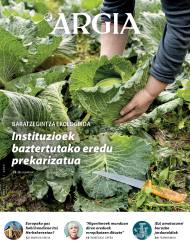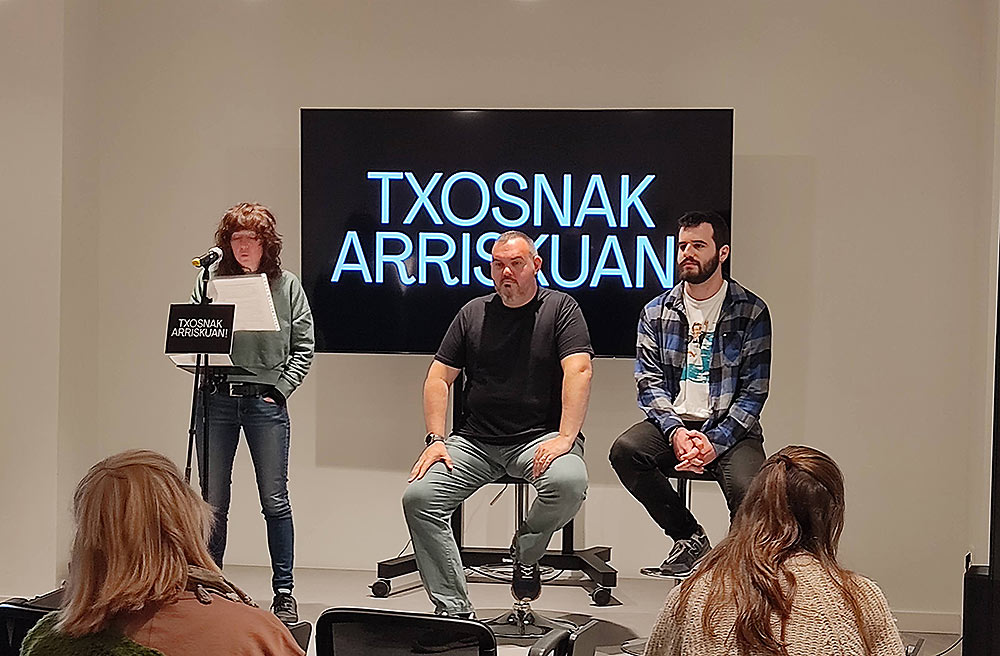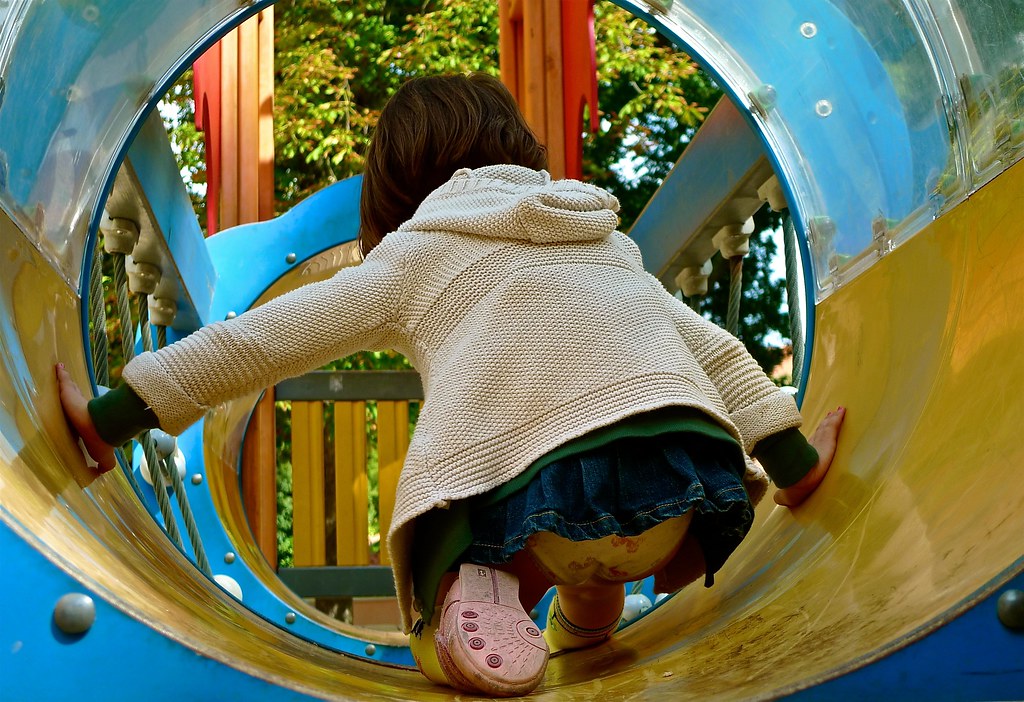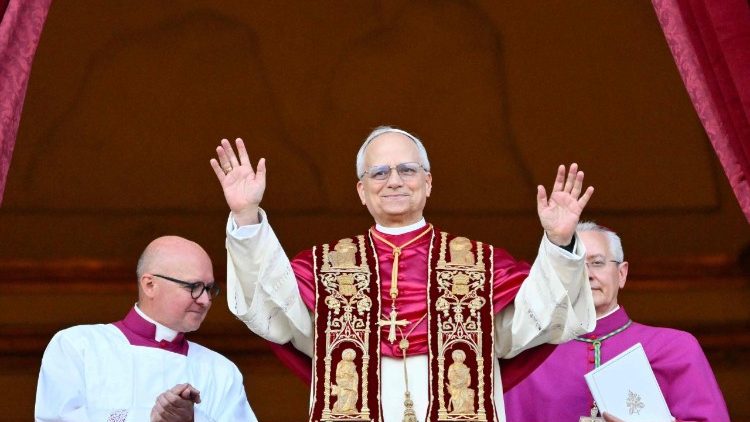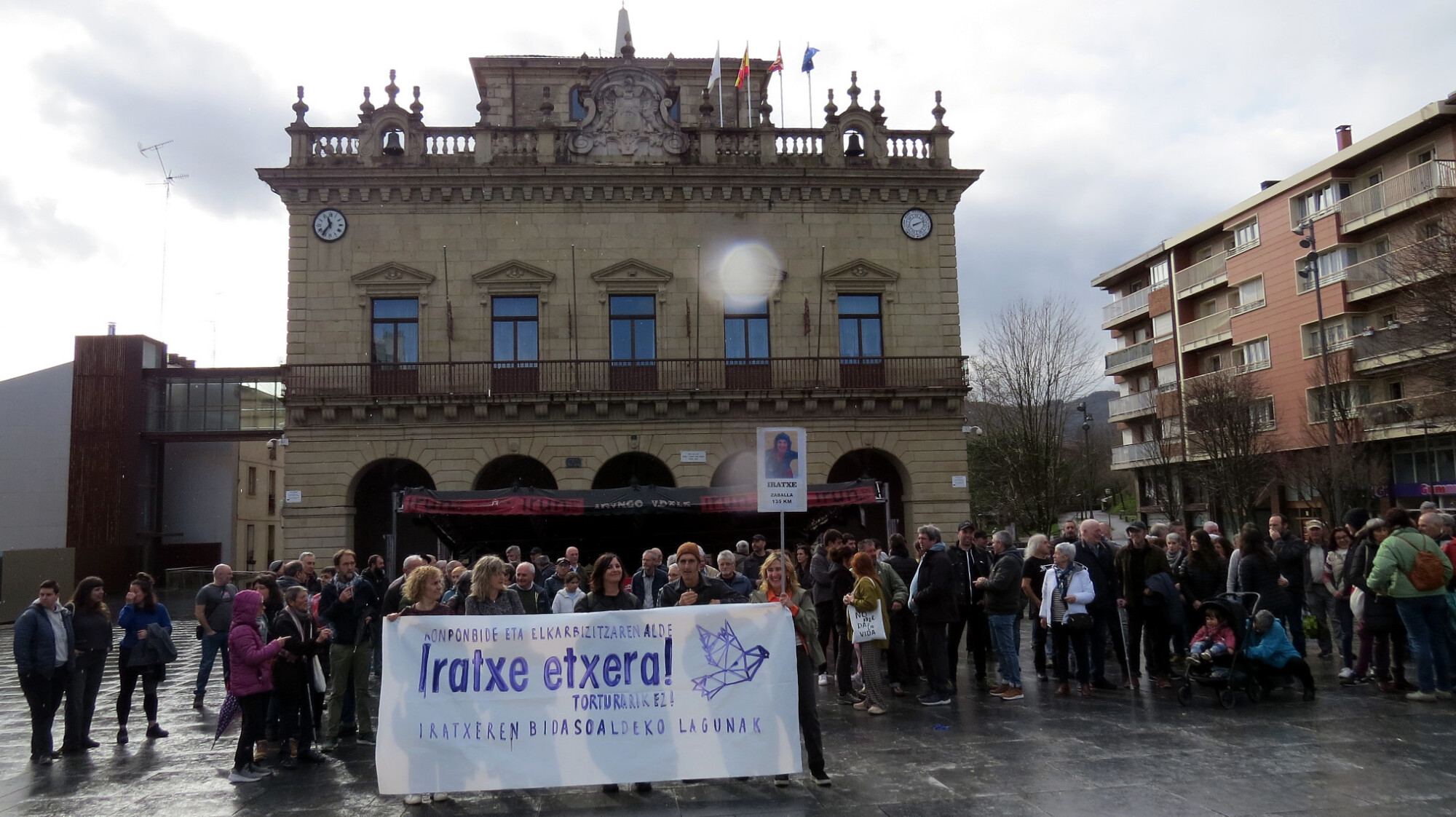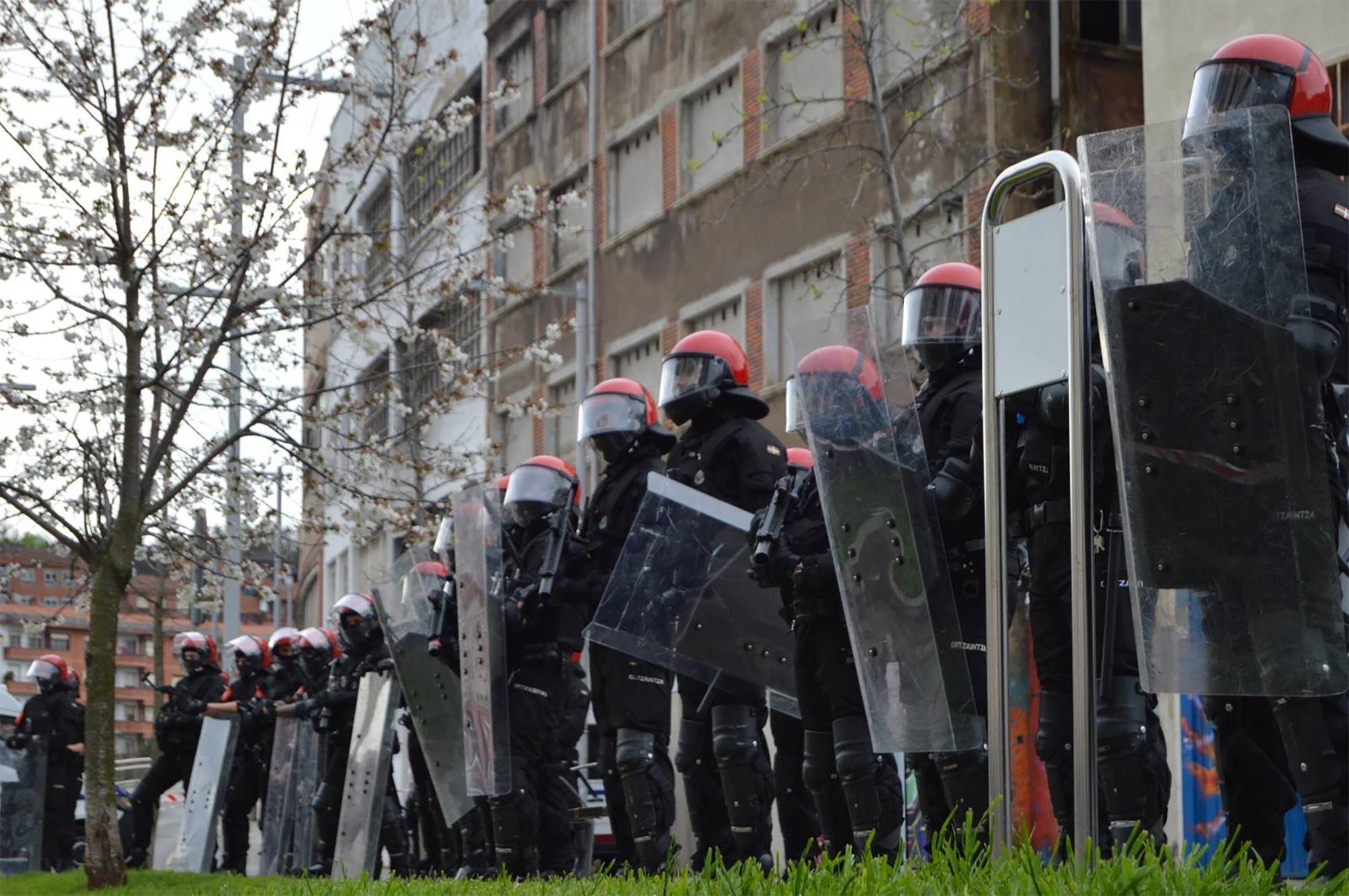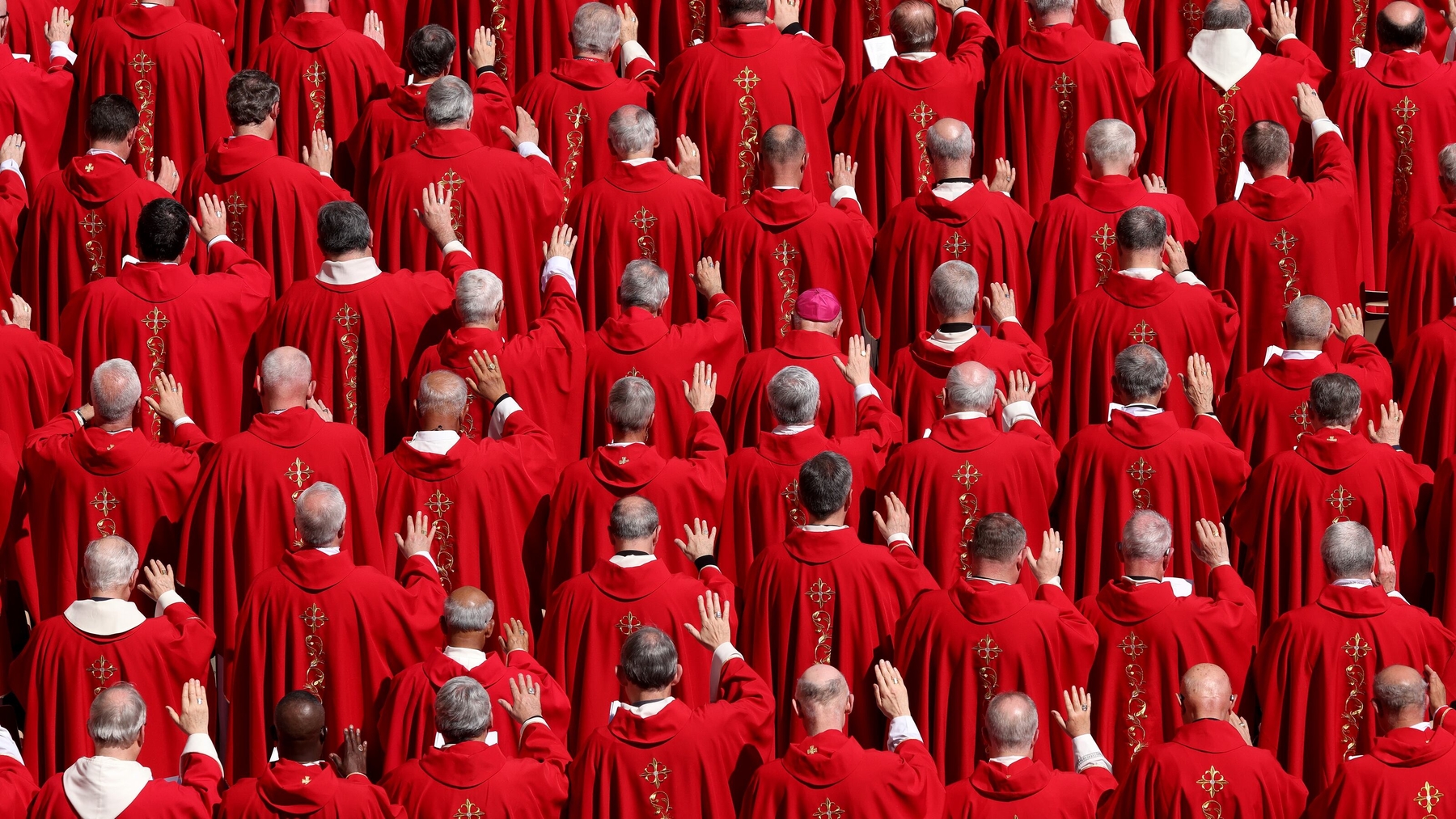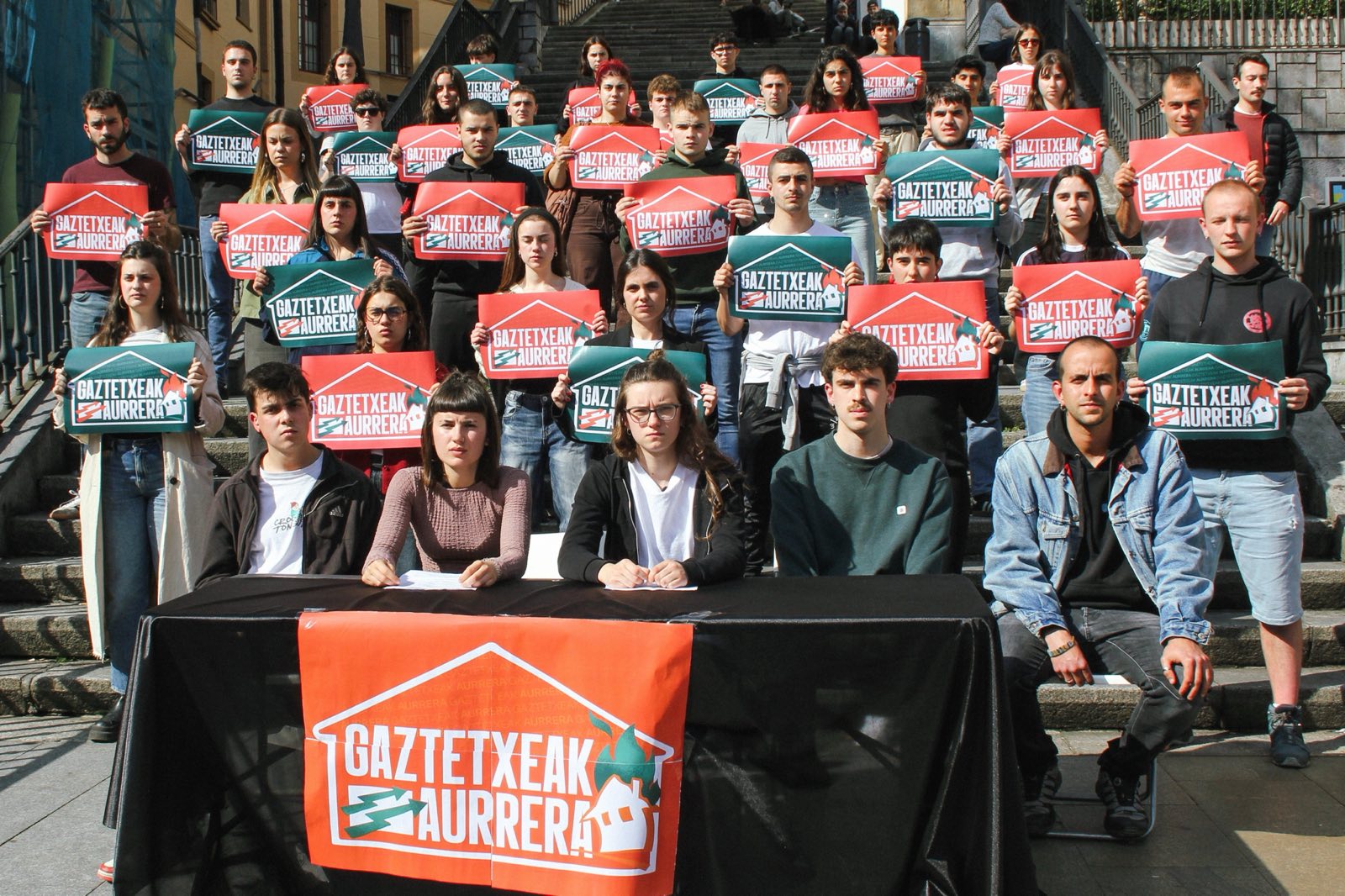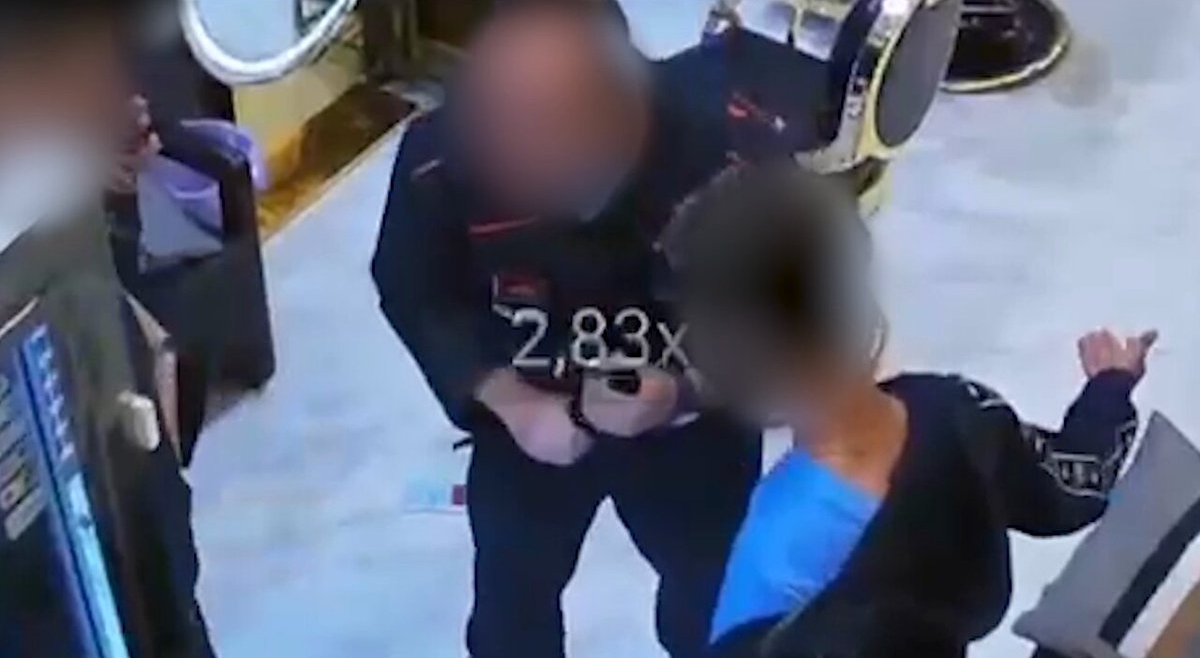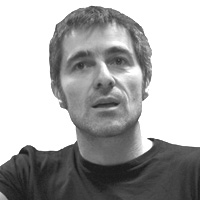Argizaiolas not to discourage those who came
- To remember the dead, to keep their memory alive and to worship them, is a human custom of all the world. From prehistoric domes to current celebrations, this cultural trait has taken many forms in different parts of the world. There is a habit of its own that still remains alive in our country, a rite in the process of extinction related to the memory of the dead: the argizaiolas.
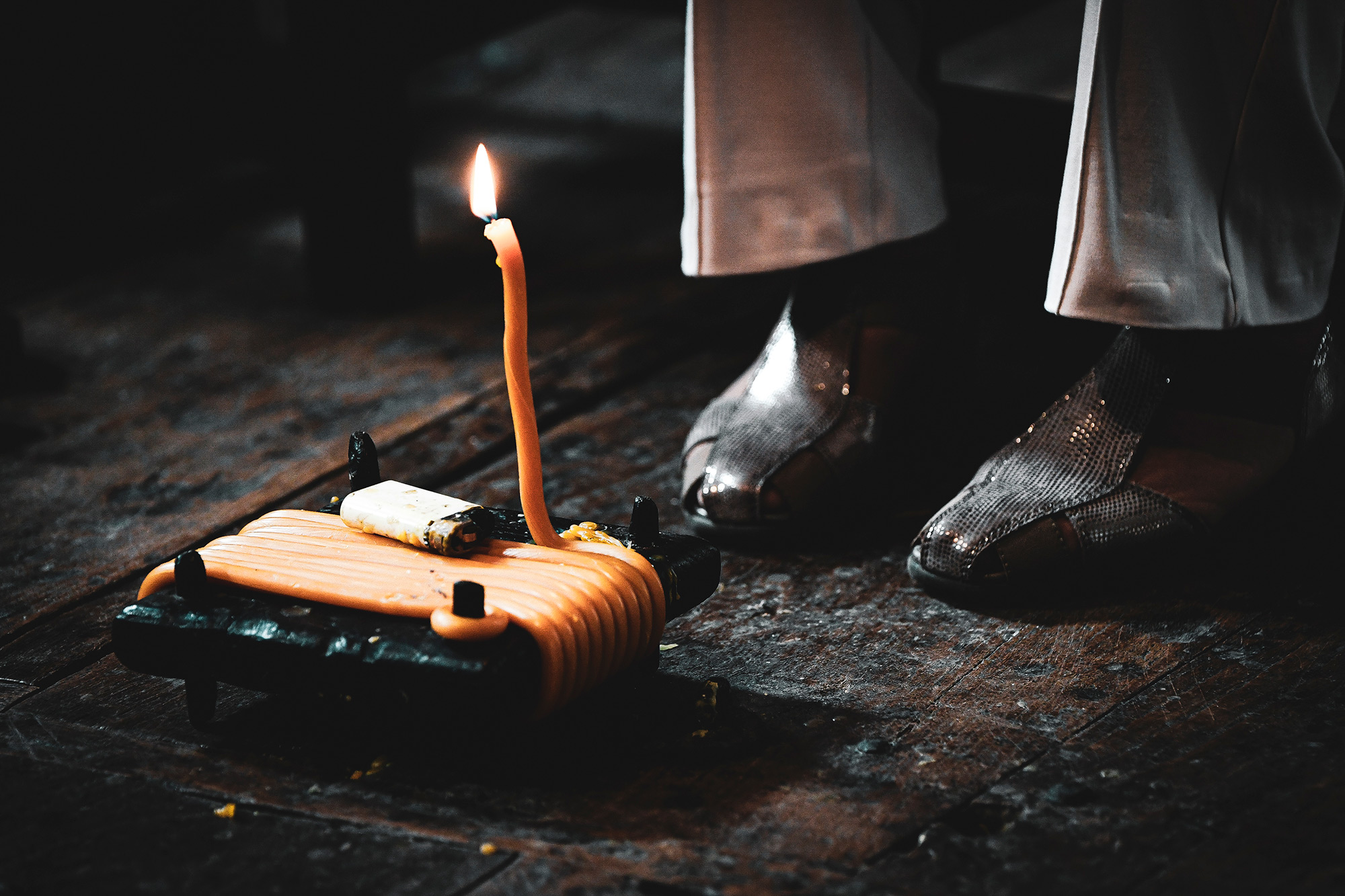
The mist dominates the road to Amezketa. The fog has filled every corner and limited the depth of our vision. In the sky, behind the clouds, a round sphere appears. Its brightness is diffuse and it cannot be determined whether it is sun or moon. When we got to the town he takes it out and when they have to touch eleven in the morning he begins to accumulate people in the atrium of the church of St. Bartholomew and in the banks of the interior. In this church, however, individual chairs occupy their place occupying much of the central nave. In front of the chairs is an extraordinary element: the "argizaiolas". Although some citizens have settled in long banks, others, all women, have turned on the argizaiolas and placed in individual chairs. Now yes, after igniting the fire of the memory of those who have passed, he begins to sing Mass in honor of those who are not.
Union of the house with the grave
“Give the dead the forever light.” This is what an old wolf from the Christian Church says. Light and fire have always been linked to the cult of the dead, even in our country, before the arrival of Christianity. Fire is the element that unites the dead and living beings, and in many places in the Basque Country light has been considered to be the body of the soul of the dead.
The tradition of the "argizaiolas" originates in the underground roads of history and it is very difficult, almost impossible, to know where and how it came to us. The oldest of the Argizaiolas currently used are those of the 16th century, although it may be a previous habit. Researcher Juan Madariaga Orbea maintains the tradition of burying the dead under the soil of churches centuries earlier, in the late Middle Ages. Argizaiolas were used in many places in Euskal Herria, but since the twentieth century their use has been disappearing and only today it is conserved in the church of San Bartolomé de Amezketa.
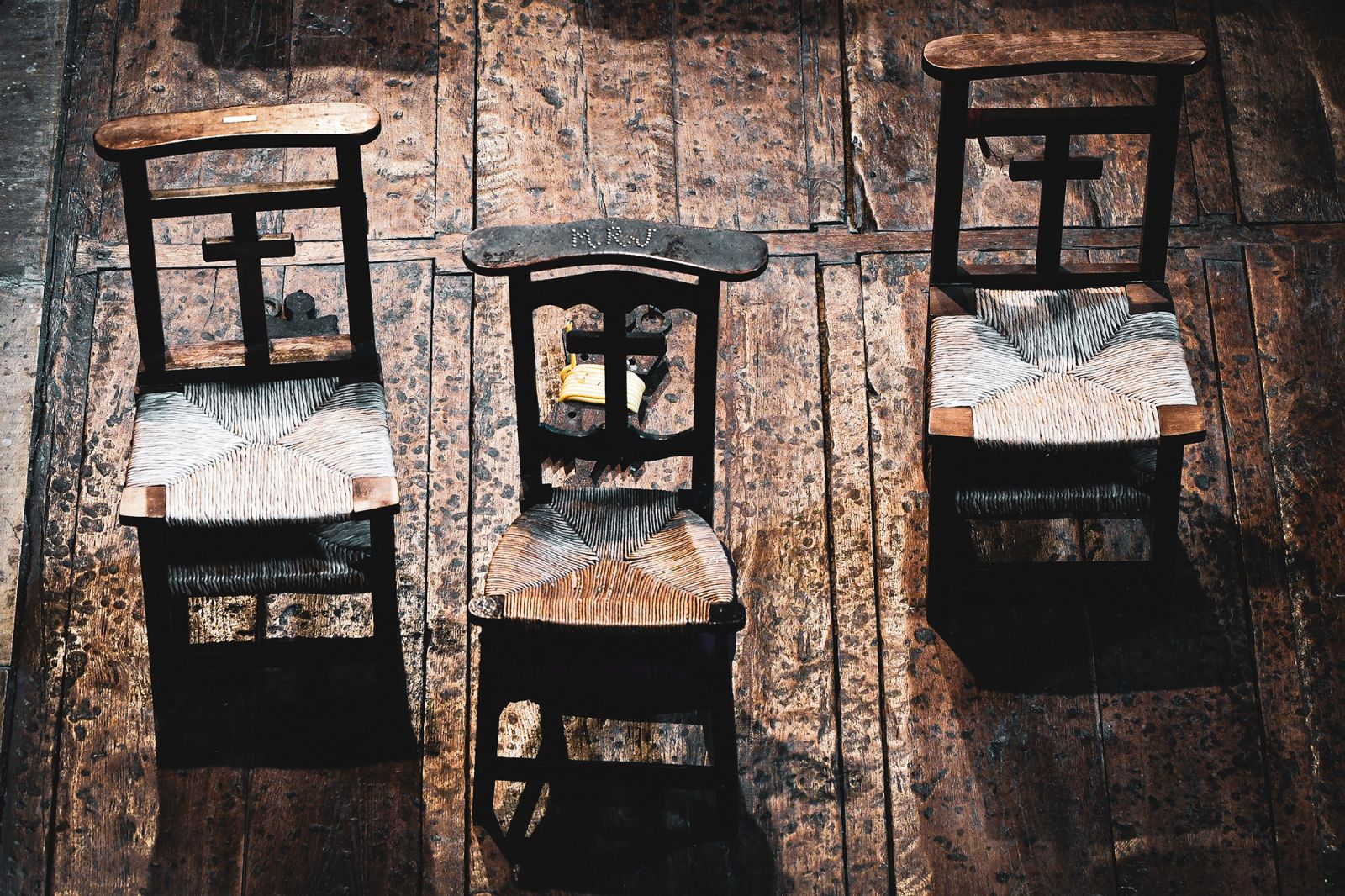
The argizaiolas are the union between the dwelling and the dead. These waxed wooden boards, hence their name, are used to bring fire, light and heat from the house to church and maintain the memory of the deceased relatives, on Sundays and special celebrations. Light and fire are two elements related to the memory of the dead, not only in the Basque Country, but throughout the world. In prehistory, the house was also residence and tomb. Later the cemeteries appeared, whose appearance can give rise to the tradition of the "argizaiolas" to maintain the old union and bring the fire from the interior of the house to the dead. The tradition of lighting candles in cemeteries can also emerge from it.
Each Amezketa household, each family, had its own grave under the church until a law of 1787 forced the dead out. In total there are over 160 graves on both sides of the central corridor of the Amezketa church. Just as each family had its own grave, they had their own space to deposit their "argizaiola" on these graves. In front of the argizaiola, a chair was placed for a representative of each house during the Mass. The origin, as I say, is not clear, but the rite associated with ancestral worship may be the result of the syncretism between pagan tradition and Christian tradition.
The shape of the "argizaiolas" is not just any, as it is anthropomorphic: four legs and a head that stands out. In this east-facing church, there are very few argizaiolas decorating Christian elements. Neither crosses, nor nails, nor sacred hearts. As indicated in the 1985 study by Antxon Agirre Sorondo, of all the "argizaiola" only eighteen will have as decorative element a cross. The rest will show elements related to nature, especially in the form of a sun. On the contrary, crosses do appear in the chairs.
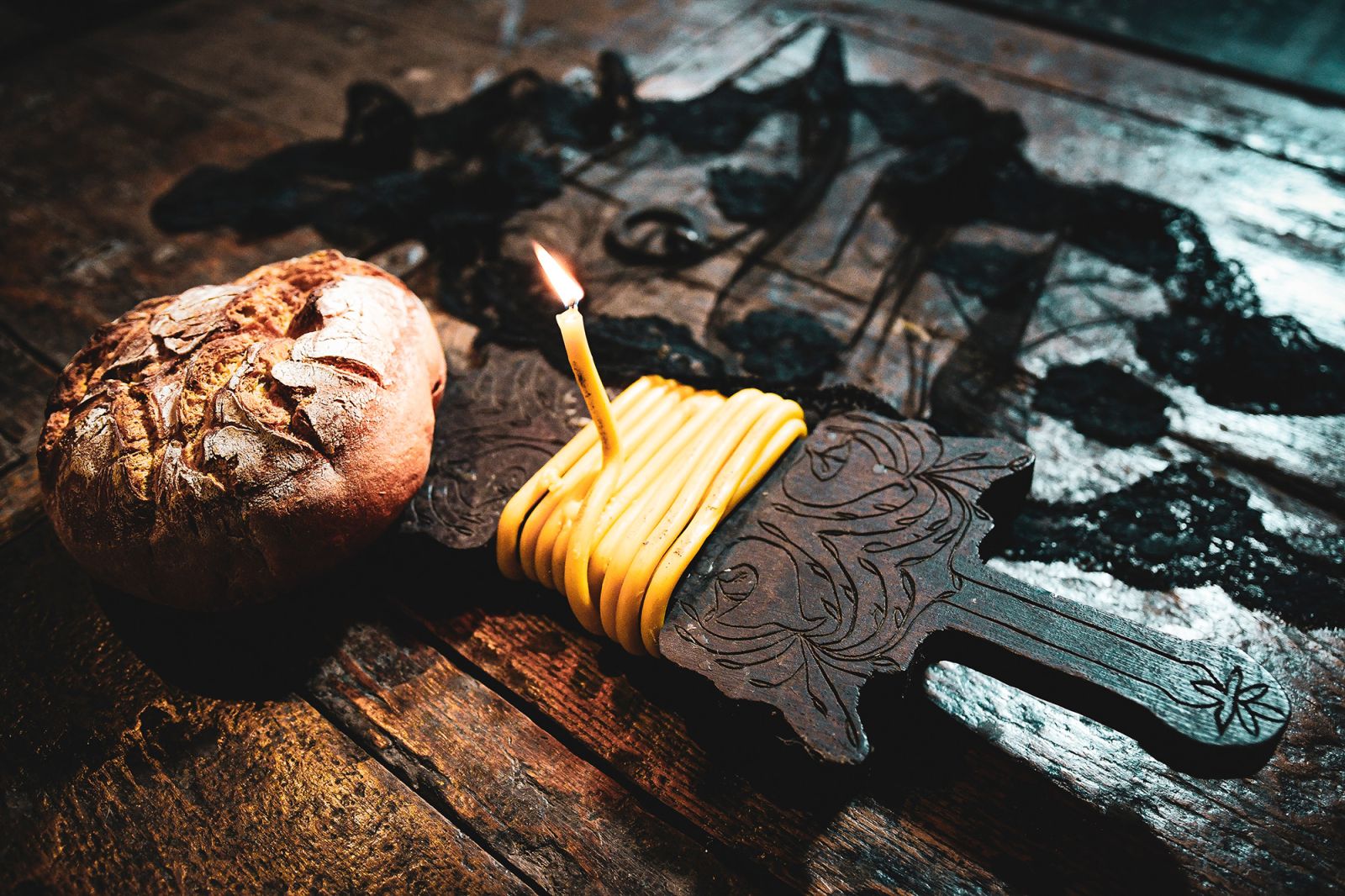
In the funeral tradition of Euskal Herria the role of women has always been very important, as they were the main protagonists of the rite of death. Thus, wax is a custom intimately linked to women, since mothers of the households were responsible for keeping the fire on. If all the women in a house died, the woman of her eldest son, her mother's wife, took the witness of this habit. Never a man. The women approached the church dressed in a headscarf; if the white had no communion, the black after communion.
The wax goes around the table several times. It seems that it's endless, that it's going to continuously spin around the wood. But it's not. Once the wax is burned, a new roll should be placed on the argizaiola waistline. There was also a woman in Amezketa until recently. Doña Eustasia Sagastume, a neighbor of the housing church, took care for long years to manually heat the wax, shape it and put it on the table.
The “argizaiolas”, the objects themselves, represented the social division that occurred in the peoples. Formerly, wealthy families were located within the church closer to the altar in privileged places. The "argizaiolas" of these families also had more elaborate decorations, while the "argizaiolas" of the poorest families were much flatter. As can be seen from the previous study of 1985, ornaments reached their peak during the 17th and 18th centuries, in the Baroque era. Since then the decorative elements of the argizaiolas have been simpler and cheaper wood.
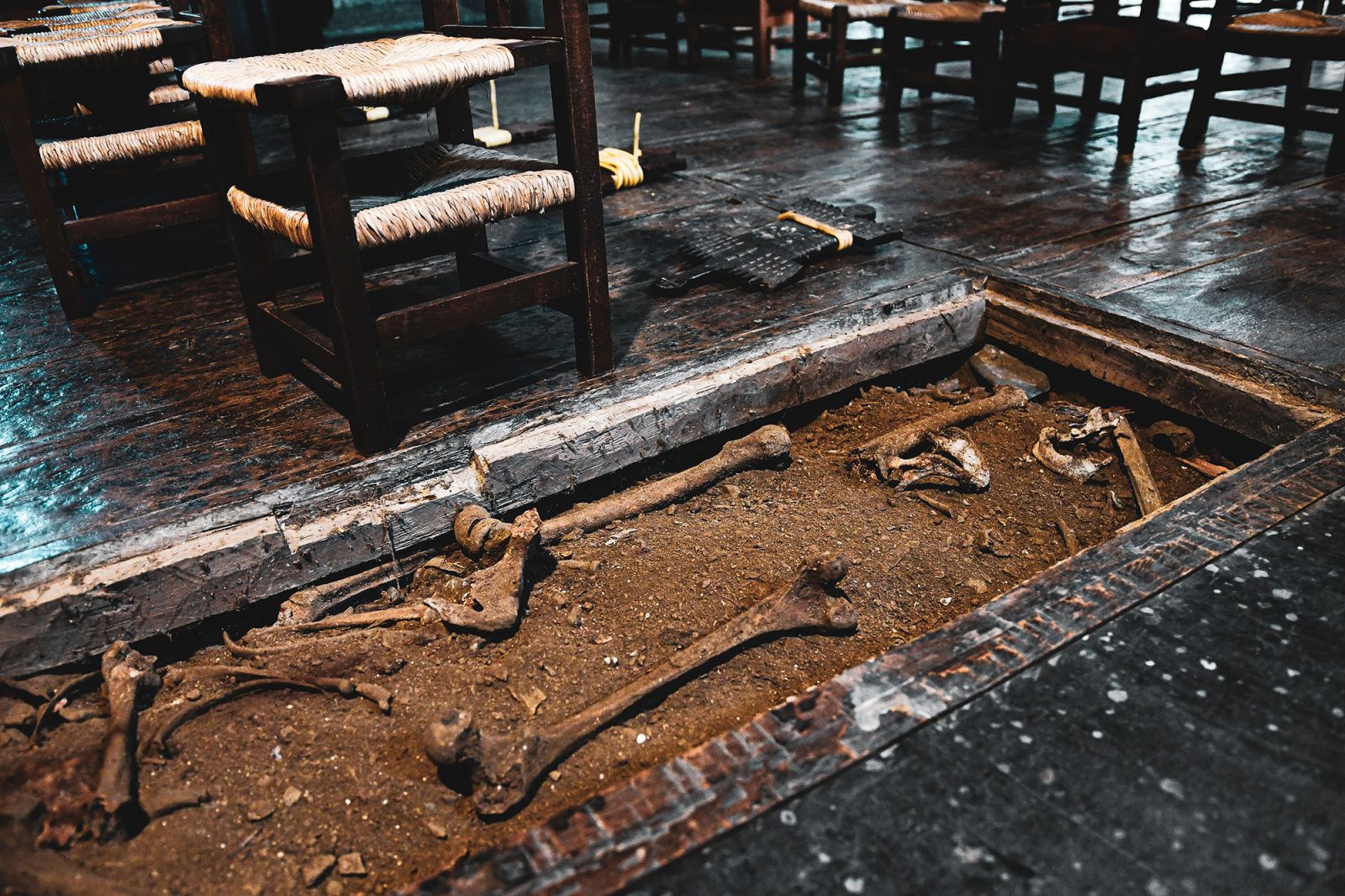
Fire in extinction
Agurtzane Garmendia Arteaga, neighboring Amezketa, has left a black mantelina and a cake on a grave next to a lighted argizaiola. It is All Saints Day and a special Mass has just been celebrated. What is happening now is a drill, an interpretation. No one leaves shellfish on the tombs anymore, and grandmothers don't wear black mantelline. It is a habit that is being lost. The Amezketarra, guide this Mass of All Saints Day, explains the main characteristics of this tradition and the current situation: “Every Sunday only thirteen mothers come to church to ignite the argizaiolas and take care of the fire.” It says with a point of sadness. However, despite the existence of empty chairs, most Argizaiola have been on during the Mass of All Saints Day. “Those who cannot come ask others to turn their argizaiola on and off. The custom that once spread throughout the Basque Country may also be in the process of extinction in one place where it is kept alive. “The old women of the people have been in charge of keeping this habit alive,” explains Agurtzan. “Many can no longer come to church, others have died and there are people who have feared agglomerations.”
Meanwhile, they try to recover memory and habit. At the moment, it has been investigated who can be buried in each of the graves under the church floor, to make a list and classify the graves. “We asked the amamas, one by one, who sat where, what family had next to them, etc. So we were able to make a kind of map.” He has opened one of these graves to demonstrate that the bones of the dead have long been kept inside and that we have been on the corpses.
A wolf and then even
All the "argizaiola" of the church of Amezketa have been shut down. After Agurtzane's explanations the church's doors are closed. On Sunday, wax will be burned again by a few Amezketa neighbours. Thus, repeating the custom of the old ancestors, they will bring the fire from the house to their relatives so that they know that their memory is still alive and that the thread they have with their descendants has not been interrupted.
When the infinite night of death comes, when the lights are turned off forever, when our body returns to earth, enters the kingdom of heaven or is lost forever in the infinite void of the universe, it will only remain alive in the memory of our people. As we live, we keep on the fire of the memory of those who were but who are in us, changing the burnt wax and turning it into ethnic, so that it does not crumble.
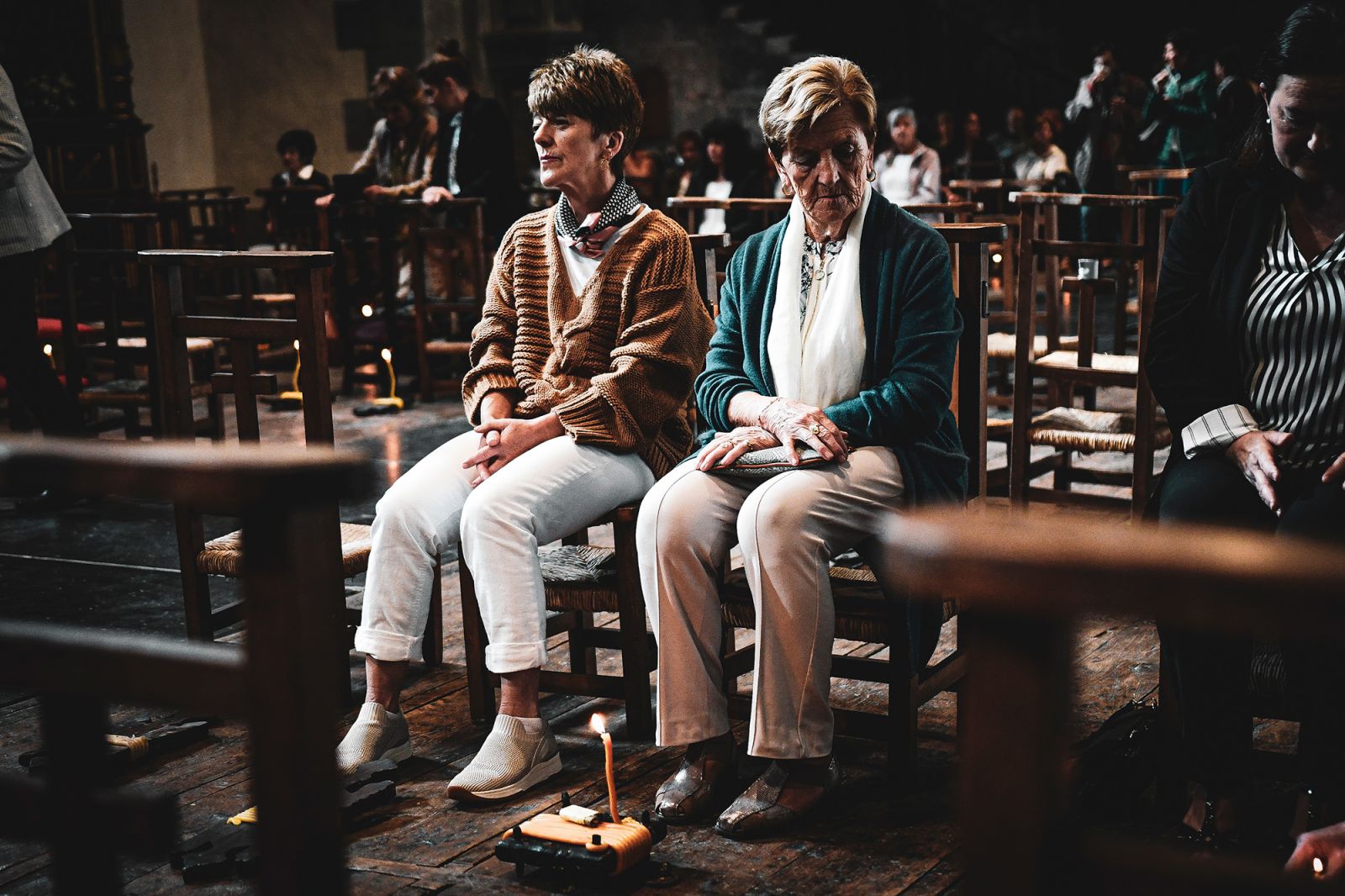
The Department of Education reported on diagnostic evaluations in February: He talked about the mid-stage of 2023 and the end-stage of 2024. Since the disastrous results would show that we have a structural problem, the department decided to comply with the procedure (publish... [+]
The pandemic has revealed, in all its crudeness, the consequences of the neoliberal model of care for the elderly, children and the dependent population. Now is the time to consolidate the critical discourses and community alternatives that flourished during the lockdown.”... [+]









